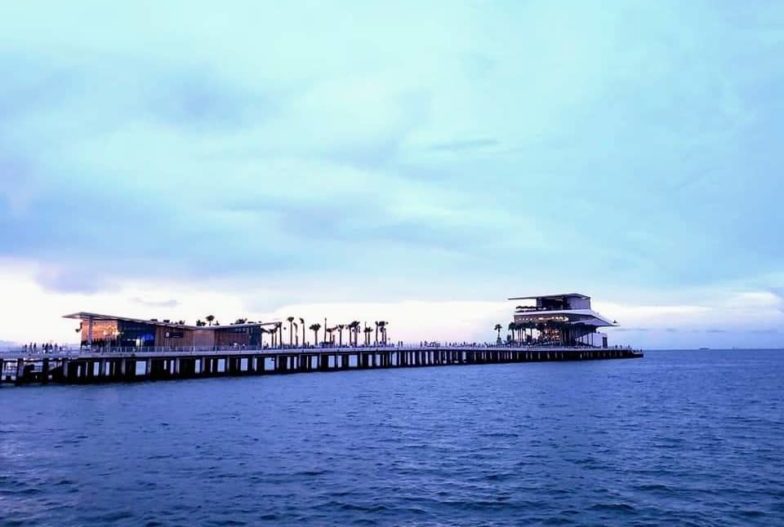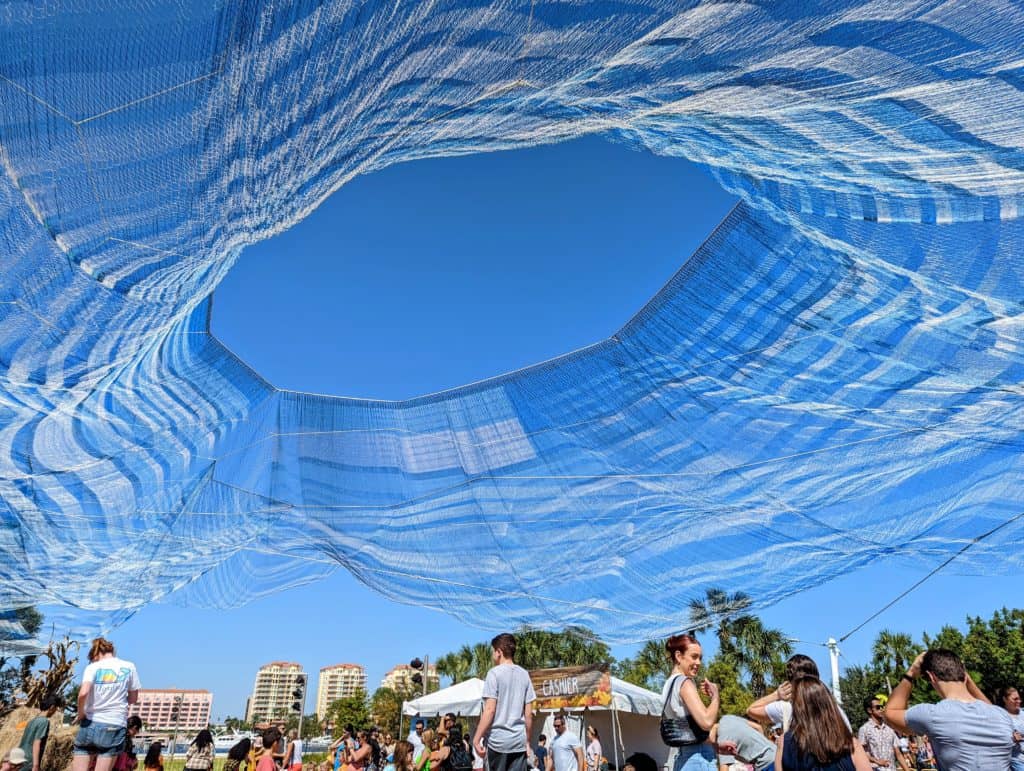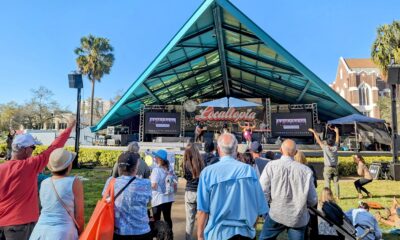Know
Pier brings ‘world-class recognition’ to St. Petersburg

When the Urban Land Institute (ULI) named the St. Pete Pier one of the world’s best new urban designs, it also awarded the surrounding district that serves as the city’s “front door.”
The 26-acre Pier District was one of six global projects, and just two in the U.S., to receive the ULI’s top honor when it announced the 2022 Global Awards for Excellence Monday. The organization, which bills itself as the oldest and largest network of land use experts (it was founded in 1936), called the Pier “a unique public entity in today’s world.”
Chris Ballestra, managing director of development for St. Petersburg, said the award represents the highest level of recognition for the city. He called it a “very high bar” for future projects.
“We’ve always been a world-class city,” said Ballestra. “And we’ve got an asset that now has that world-class recognition.”
Ballestra credited efforts “to create different destinations within the larger destination” for the win. The Pier District offers several restaurants, family areas, playgrounds, internationally recognized artwork, a splash pad, a beach and what Ballestra calls a “beautiful pedestrian connectivity” encompassing the 26 acres.

The splash pad is one of many activities for kids.
However, the jewel in the district’s crown is the Pier itself, the eighth in city history over the last 130 years. In its entry, the ULI noted it spans five acres over Tampa Bay, and Ballestra said a close connection with the water was an early and critical focus for the project.
RELATED READING: Vintage St. Pete: Piers though the years
The ULI selected the $93 million development, which opened in 2020, out of 152 worldwide submissions. Other winners include Anken Alley in Shanghai, China; Enabling Village in Singapore; Essex Crossing in New York City; Meca in Bordeaux, France; and Norblin Factory in Warsaw, Poland.
The global win follows the ULI selecting the Pier as one of the top 10 projects in the Americas in July.
The new Pier is the culmination of 15 years of work, and Ballestra noted the importance of a respectful, thoughtful and careful process when creating generational projects. He said that oftentimes, city assets take years to become beloved and credited the extensive planning process for the district’s early success.
“I think we paid our dues in that long ramp-up of community input and multiple starts – including failures – along the way,” said Ballestra. “We learned from mistakes, and I think the most important thing in the whole process is that we listened.”

The Pier District’s $1 million playground with the St. Petersburg skyline in the distance.
He explained that the former “inverted pyramid” pier eventually became iconic for the city and part of its DNA. City leaders, said Ballestra, realized a stark departure would present challenges.
International architects offered 27 designs, added Ballestra, and he called many of those “beautiful projects.” However, he explained that residents and officials alike sometimes become overly concerned with a development’s physical appearance.
“Everybody gets so focused on the images that they don’t pay as much attention to the detail,” he said. “And I think that’s where, internally and with our architectural team, we really focused on the function as much as the form.”
While Ballestra said city leaders were nervous about opening during the height of the pandemic, in hindsight, he believes they also got lucky. Visiting green spaces was one of the few permissible activities at the time, and he said the Pier allowed people to get outside and see new things.
He noted attendance during Covid’s peak was nearly the same as it is now, with about 2.3 million annual visitors. Adding to the turnout, explained Ballestra, was that a city known historically for its love of municipal piers went without one for several years.
Former Mayor Rick Kriseman, whose administration oversaw the Pier District’s development and opening, relayed his pride in the global recognition from the “highly respected ULI” in a statement.
“The Pier project was a great example of what happens when a community and dedicated, committed staff comes together to create a place that is open and inviting to everyone, residents and visitors alike,” said Kriseman. “The St. Pete Pier is a place where lasting memories are created.”
Ballestra said that long before opening day, the three most important words to were “manage – manage – manage.” He relayed the city’s intent to keep the Pier’s physical condition, programming and quality of experiences as close to perfect as possible.
The district is home to myriad events like Tampa Bay Rays watch parties, concerts and boat racing. Ballestra noted organizations host yoga and other daily activities there, and the recent fall festival was wildly successful, selling nearly 5,000 pumpkins in the first weekend.
“That’s a little thing, but it’s that continuum of experiences operationally,” he said. “It’s a lot of fun; it’s crowded – it’s just exceeded our expectations in a very positive way.”

Visitors congregate underneath Janet Echelman’s Bending Arc art installation during the recent fall festival.
Ballestra also pointed to a year-long economic impact study that concluded April 30 and highlighted the Pier’s success. He said the 2.3 million annual visitors, more than the city’s 1.7 million initial estimate, is a “real number” based on cell phone pings from geolocation technology.
The study found that nearly 40% of visitors arrived from outside a 100-mile range, while about a third were from the immediate area. It also stated that the Pier District provides $125 million in direct and indirect local economic output.
“It’s a front door to the city,” Ballestra said of the Pier District. “It’s impactful – and it’s a calling card to people, whether it’s locals or visitors from afar.”







